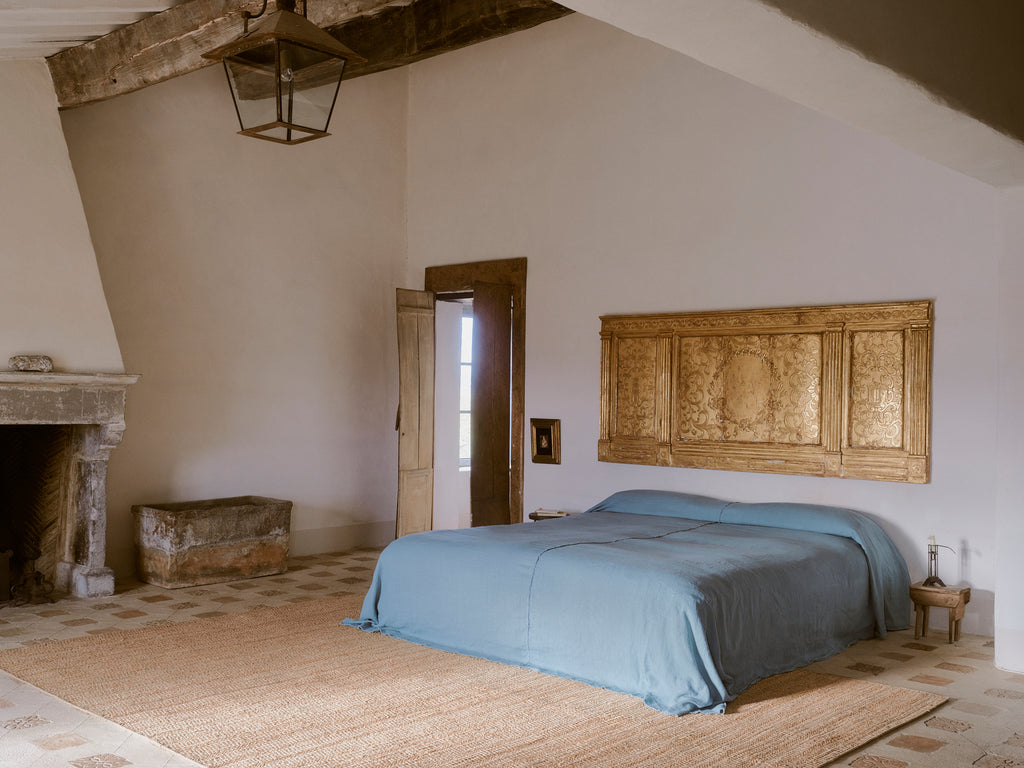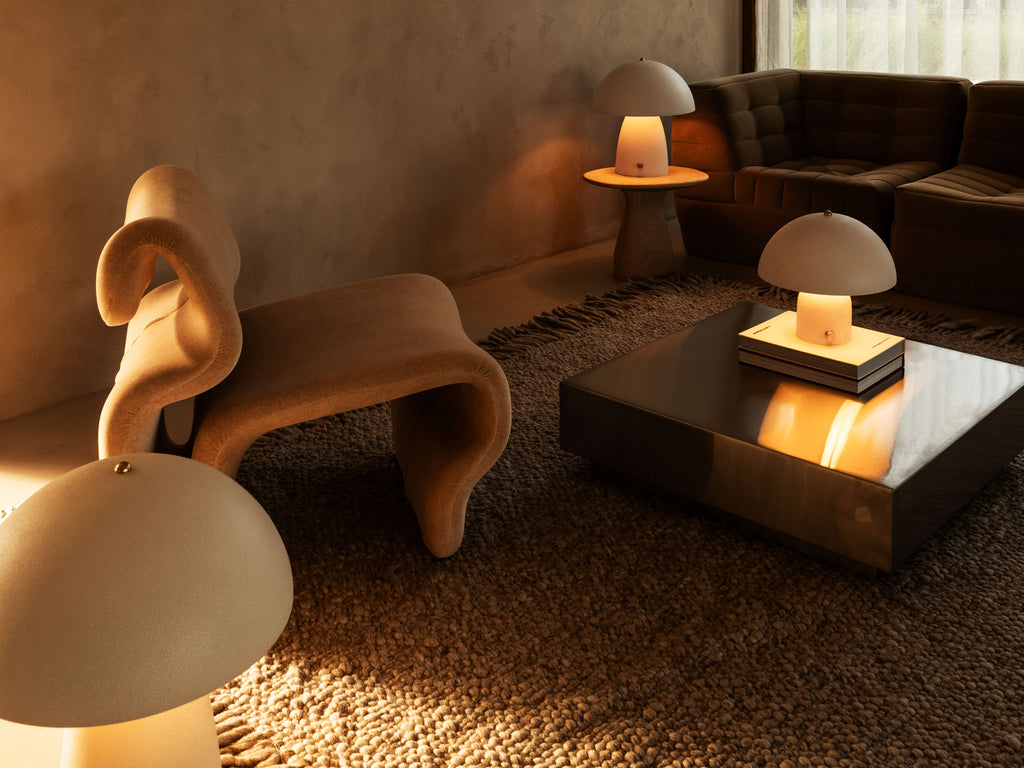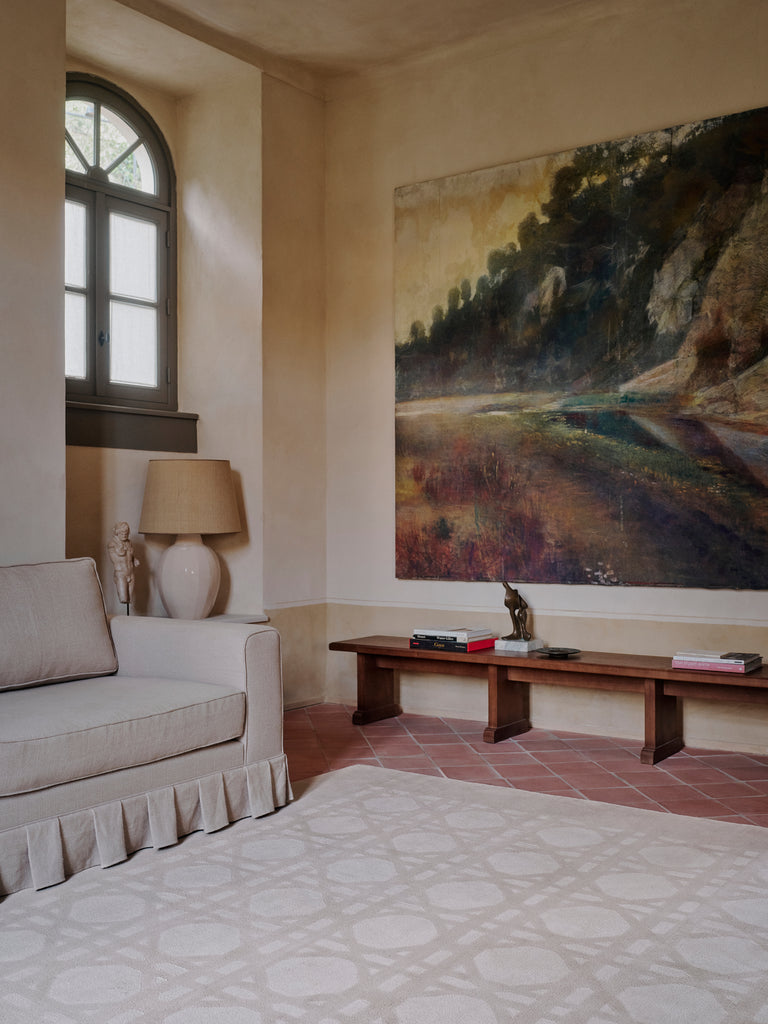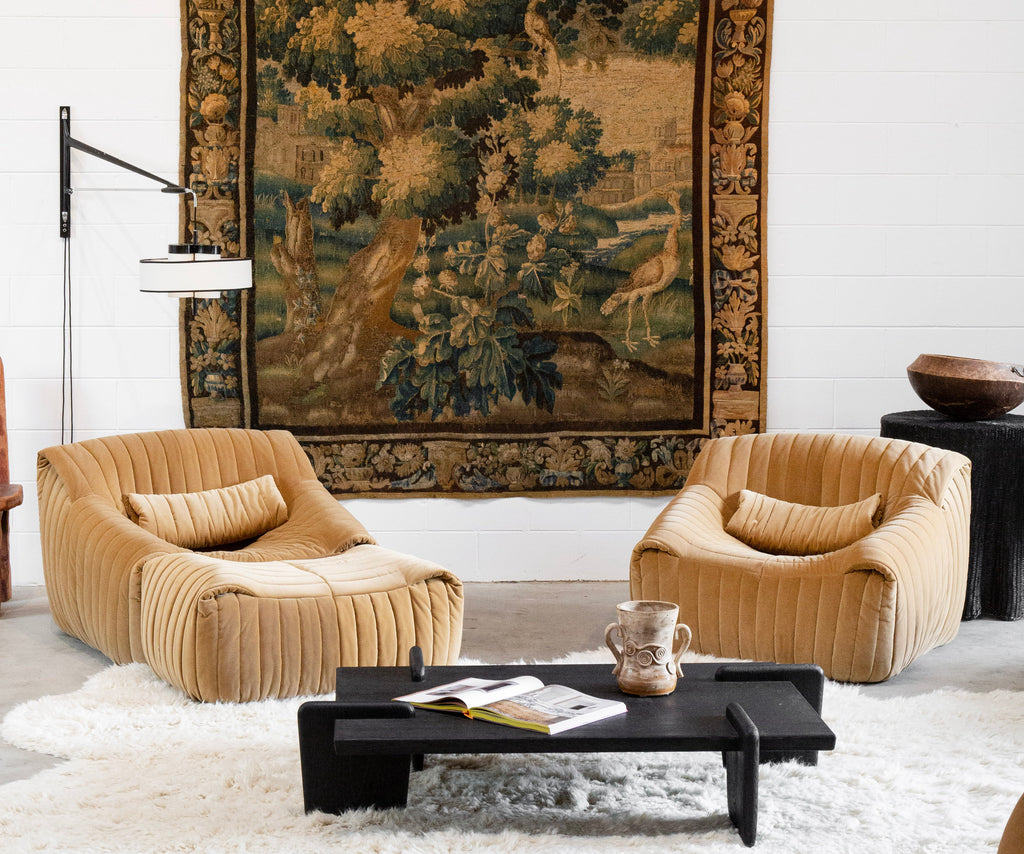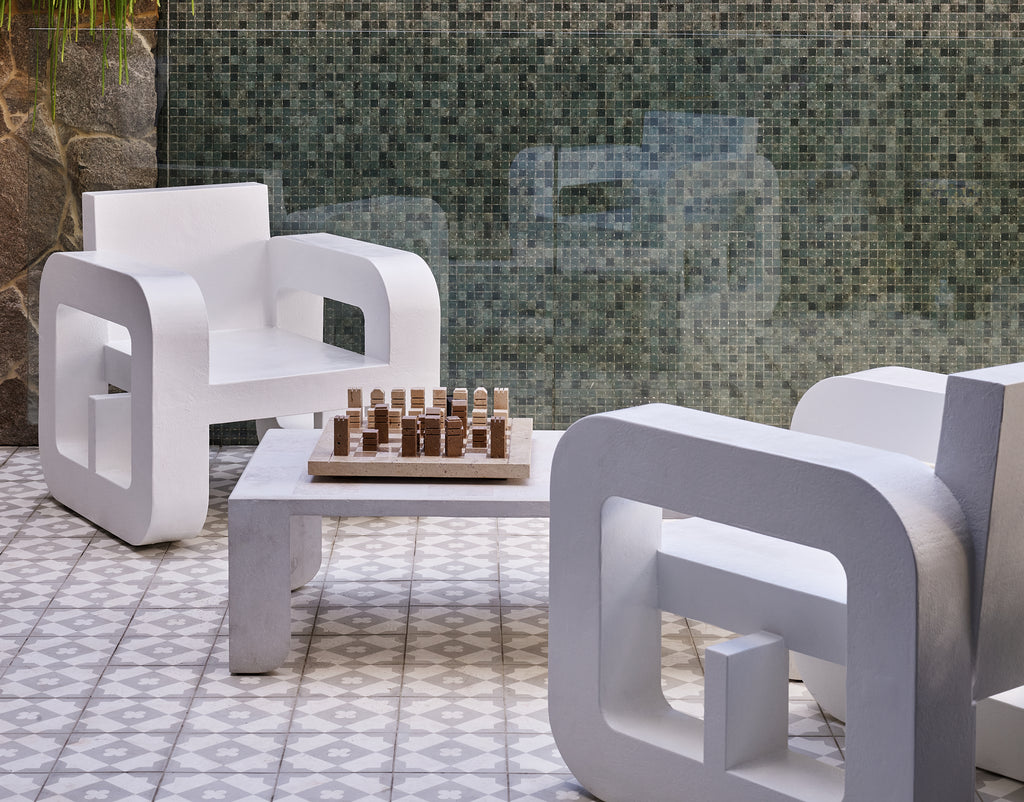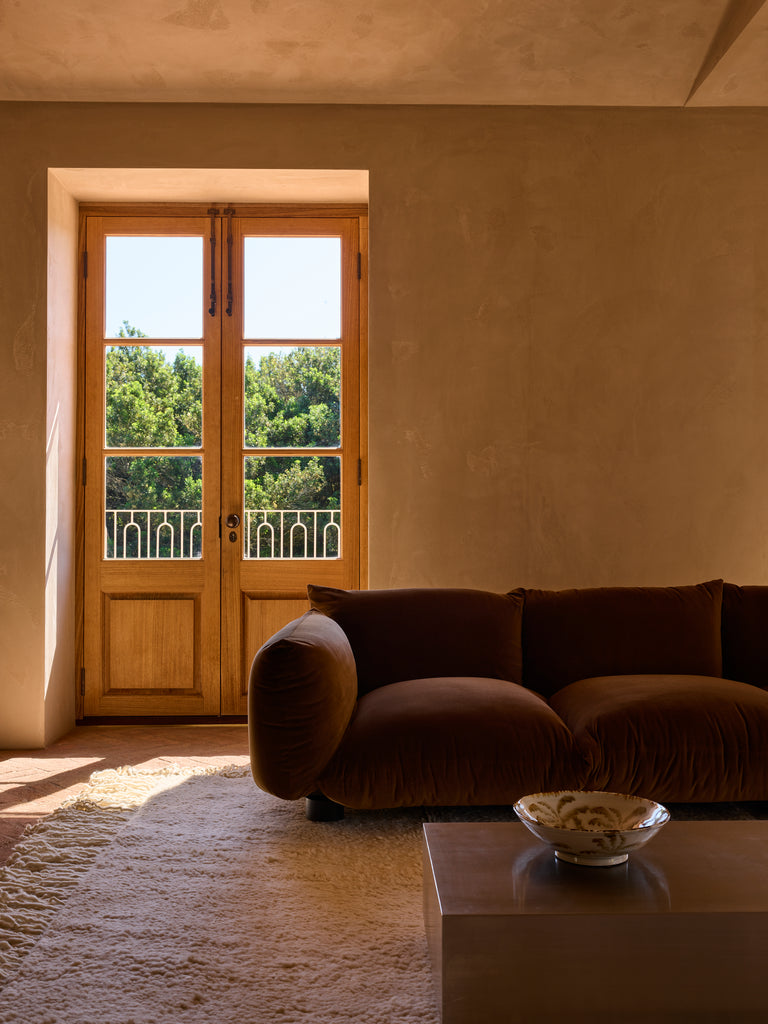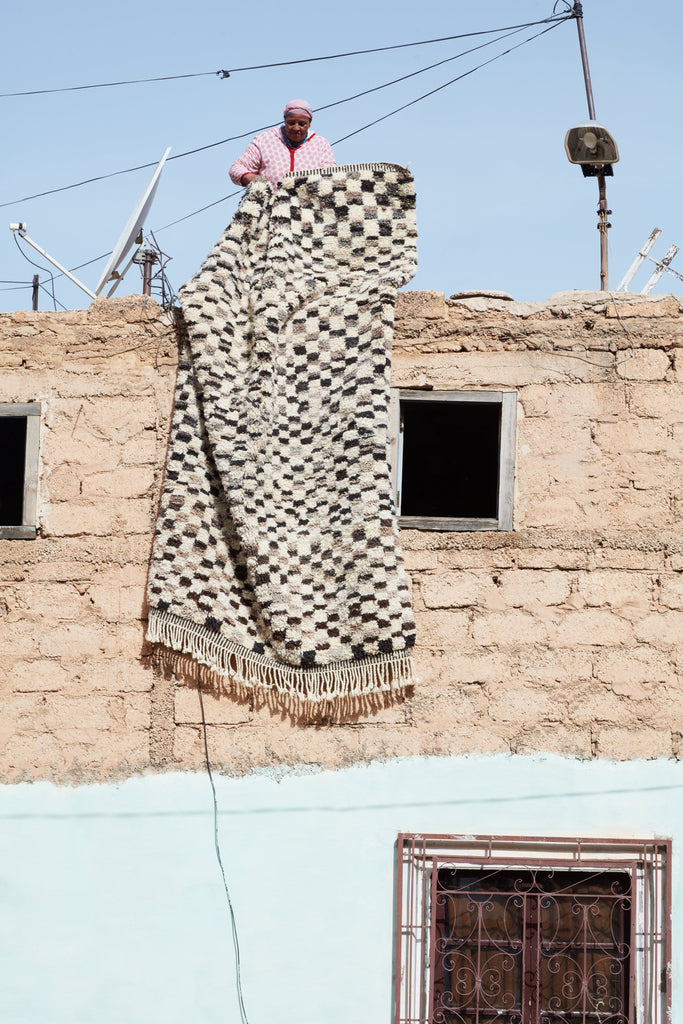
DESIGN FOCUS
Pierre Jeanneret in Chandigarh
DESIGN FOCUS: Pierre Jeanneret in Chandigarh
In the 1950’s, India’s first prime minister - Jawaharlal Nehru, had an ambition to propel his country into a whole new era, one unburdened by its past. Responding to the divide of Punjab and Lahore (which also signified India’s independence from Great Britain), India needed to build a new metropolis. Deciding to commission Charles-Edouard Jeanneret-Gris (more famously known as Le Corbusier) Nehru appointed Le Corbusier to devise a masterplan for a new utopian city – one that symbolised India’s determination to set foot into the contemporary world.
Materialising this avant-garde city was to become Le Corbusier’s most ambitious undertaking and gave him the opportunity to apply his principles of city planning on a metropolitan scale. Called Chandigarh, the project saw monumental architecture, cultural growth and significant modernisation and comprised a number of residential, commercial and industrial spaces, including the Capitol Complex that housed the city’s governmental buildings.
Le Corbusier designed most of the infrastructure, highlighting large volumes with his bold use of raw concrete and then adapted his architectural designs to the climatic conditions of the region by creating sculptural facades and swooping rooflines.
__________
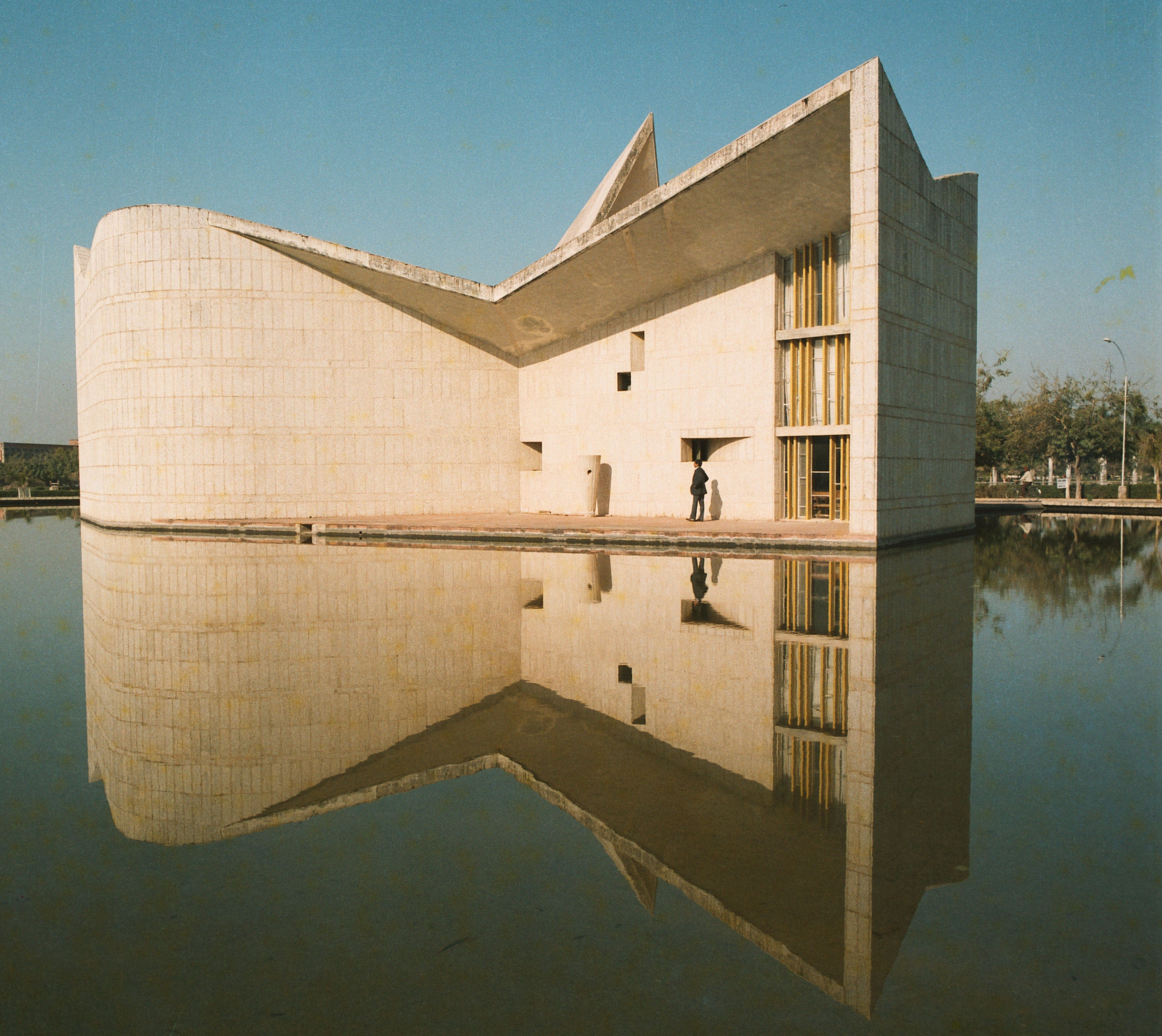

To complete the work of this monumental project, Le Corbusier needed furnishings that were in alignment with his vision – it was then he enlisted the help of his cousin Pierre Jeanneret.
Le Corbusier and Jeanneret had collaborated on numerous projects, with Jeanneret possessing a deep understanding of Corbusier's design sensibilities. Together, they had formulated a manifesto that embodied their shared architectural aesthetic, which influenced all aspects of the city's design, including its furniture and interior spaces. As a result, they successfully incorporated modernist principles into the very fabric of the city and its daily functioning.
Taking into account India's distinctive culture and climate, the designers used the principles of the golden ratio and Le Corbusier's 'modulor' theory to create a plan that was both innovative and responsive to human needs. By incorporating ergonomic considerations and balancing form and function, they successfully created a design that was uniquely suited to its environment and users.
Entrusting Jeanneret with the adaption of furniture to his architectural precepts, they collaboratively developed the Chandigarh project within this framework. Jeanneret saw this as an opportunity to bring together his Paris-based design office with the local office he established under his leadership. This was a chance for him to integrate the two and create something truly unique.
In Chandigarh, Pierre Jeanneret had the thankless task of supervising, step by step, the creation of the new capital city, of sticking to the plans and carrying them through when the path was difficult and strewn with obstacles. I am very appreciative of it and I owe him a huge debt of gratitude.
- Le Corbusier
Following his years studying architecture at the Geneva School of Fine Arts, Jeanneret developed a taste for austere materials and simplified, functional constructions with powerful and elegant lines. With a progressive architectural philosophy that integrated design into everyday living, his designs were practical yet driven by a refined aesthetic. He expanded the boundaries of design, moving it beyond the privileged classes and improving standards of living through innovation.
__________



Jeanneret committed himself to designing not only the furniture and interiors for many of Chandigarh’s most iconic buildings, but his sensitivity to supporting local industry and craftsmanship led him to integrate traditional Indian tradition and materials in to the fabrication of his designs. This commitment led to a marriage of form and function that emphasised the value of the art of practicality, and established a body of work that is celebrated not only as a unique modernist legacy, but as one of distinctive Indian heritage.
Unlike other Westerners residing in India, Le Corbusier and Pierre Jeanneret were known for their pragmatic approach rather than an idealistic one. While some proposed solutions that were rooted in colonialist thinking, they embraced an avant-garde perspective that incorporated novel ideas such as distribution channels, ecology, and sustainable development - concepts that were well ahead of their time.
By making use of local resources, they were able to break down usual design parameters found in production, enabling the products to retain a quality of craftsmanship. Sourcing local woods like Burma teak, and Indian rosewood, they were practical woods that naturally repelled wood-boring insects and required little maintenance, they also acquired an incomparable patina in time that would adapt to hygrometric and hydrometric fluctuations, particularly during monsoon season. As they were inexpensive they were also available in abundance.
Combining strong minimal forms in simple materials such as wood, the furniture shared an instantly recognisable geometric language – often utilising the basic shapes of ‘X’, ‘U’, and ‘V’, found in the legs and the support structures. Lending character to the pieces, they have become one of the most iconic designs of the 20th century.
__________



In the years that followed, several antique dealers started frequenting the government junkyards in Chandigarh, leading to a significant decline in the availability of furniture. Unfortunately, due to a lack of awareness about their significance, locals remained oblivious to the vanishing treasures that they had been sitting on for years. Though the purchase of these items by foreign dealers was not illegal, much of the furniture was either thrown out or sold by the city's administration. Heritage experts in Chandigarh now lament the loss of this crucial component of the city's original design.
__________


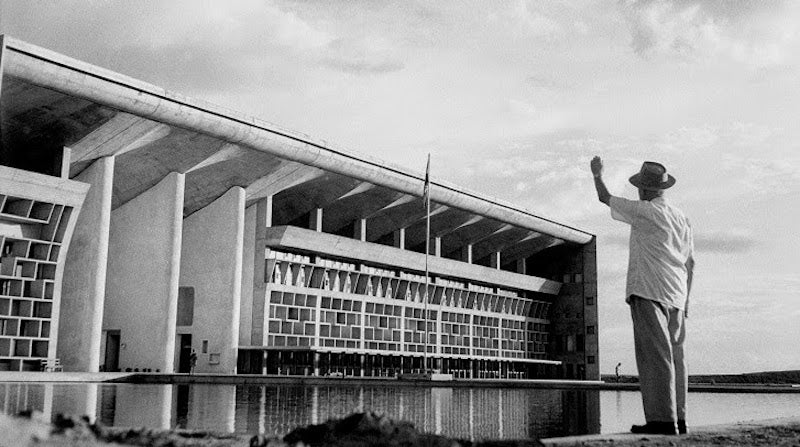
Jeanneret oversaw the execution of the project as it’s supervising director for fifteen years, designing and manufacturing furnishings for various sections of the city, from major administrative offices, to public spaces. Later on, he went on to become a principal at the Chandigarh Architecture School, and the advisor of the chief architects and urban research for the northwest state of Punjab. Le Corbusier visited the city once or twice a year, but Jeanneret was the foot architect who built the city on the values of sun, space and verdure. Creating poetry out of the local materials, Corbusier had built the Capitol Complex but had given the city its flesh and bones.
While the city experienced inevitable growth beyond its original rectangular borders, Chandigarh still holds the admiration and affection of locals and the international architectural community - continuing to serve as, in Nehru’s words, “an expression of the nations faith in the future.”
Despite Jeanneret's passing in his native Geneva, it was his wishes that his ashes return to be spread on Chandigarh’s Sukhna Lake.
Jeanneret is still remembered fondly by the locals, that credit the understated beauty of Chandigarh to his conscious design.
Says Sharma, a young architect who once assisted Jeanneret,
“It was a divine experience. He believed in the elements of purity, simplicity and order. He believed only a good human being could create a good building.”
Despite his significant contributions to the design and construction of Chandigarh, Jeanneret's role remained largely unrecognised for years, eclipsed by the renown of his more famous collaborator Le Corbusier.
Jeanneret's legacy lives on today, as his designs continue to be celebrated by architects, designers, and design enthusiasts alike. His commitment to sustainability and functionality is more relevant than ever, as we strive to create more sustainable and liveable spaces.
Chandigarh remains, at its core, remains a balance between modernist European ideals and traditional Indian spirit.
__________

The city of Chandigarh applied for and won Unesco World Heritage status, and have ordered that no more furniture be auctioned. They have also commissioned prisoners at the local jail to start repairing some of the broken pieces.
Unfortunately, due to the popularity of the series there have been less sophisticated copies to emerge, where disproportion and inferior materials are constant, losing so much of what makes these designs so captivatingly beautiful.
Tigmi work with Phantom Hands, a design company based in Bangalore, India who create Pierre Jeanneret re-editions to the original specifications by hand, using the same traditional techniques. Made from Burma teak just like the originals, the wood and cane have been sourced ethically and locally.
TIGMI are the exclusive Australian distributor for this refined collection.
_______
If you liked this you might like
COUP DE COEUR - Fernando Higuera 'Rascainfierno'


